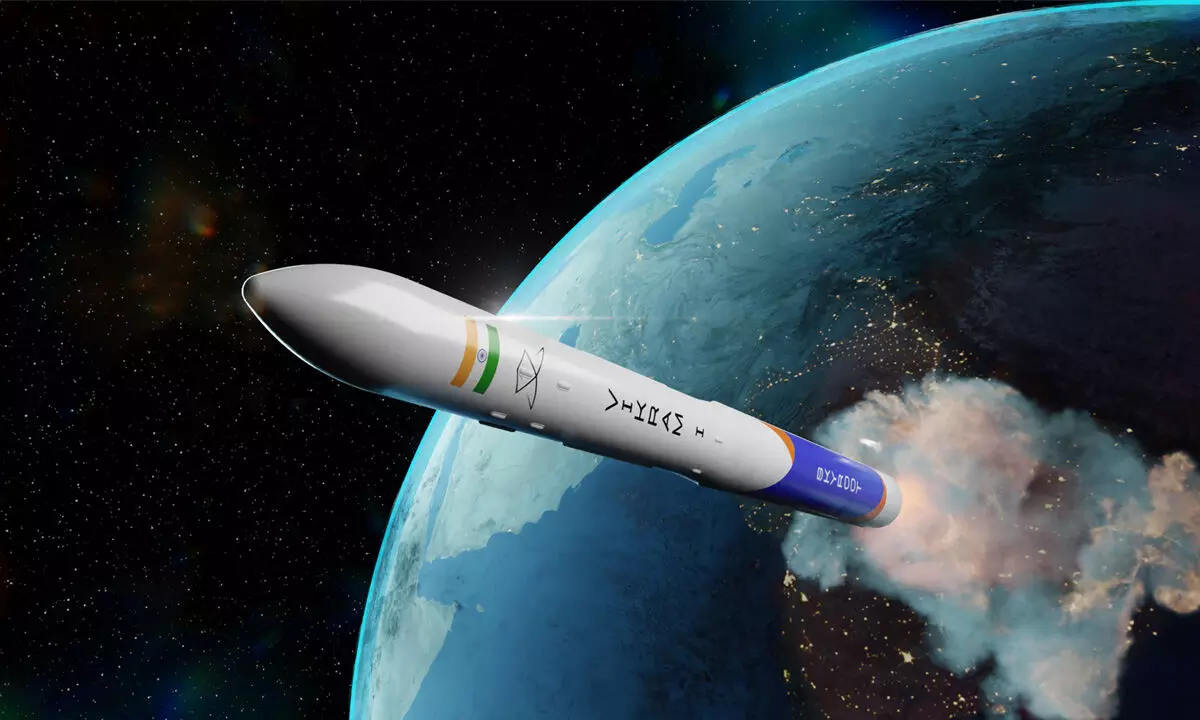Skyroot to launch India's first privately built rocket, Vikram-S tomorrow

Skyroot to launch India's first privately built rocket, Vikram-S
The Prarambh mission will see three payloads aboard the Vikram-S rocket. Skyroot was developing three variants of the Vikram rocket.
After announcing plans to launch the first launch of his homemade rocket, India's nodal agency for promoting commercial space exploration, INSPACEe, has authorized the maiden mission. Skyroot is set to launch Vikram-S on a demonstration mission to show the feasibility of India's first privately-built rocket.
The Vikram-S suborbital vehicle has been cleared to launch from the sounding rocket complex, Satish Dhawan Space Center, in Sriharikota tomorrow, November 18. The rocket will launch in between 11 a.m. and 12 p.m., INSPACe said.
The Prarambh mission will see three payloads aboard the Vikram-S rocket at an altitude of 120 kilometres above the Earth's surface, and they will be deployed. The suborbital flight is intended to clear the way for Skyroot to jump into its primary vehicle, the Vikram-I, which will enter low-Earth orbit.
"This is a giant leap for the private space sector in India. Congratulations to Skyroot for becoming the first Indian company to be authorized for launching a rocket," Pawan Goenka, Chairman of INSPACe, said in a tweet.
The Vikram-S rocket is powered by the Kalam 80 propulsion system, which will ignite the three-stage rocket at an altitude of 120 kilometres above the Earth's surface. The mission will carry three payloads that will be deployed during suborbital flight to demonstrate the rocket's ability to carry heavy payloads into space in the future.
Skyroot was developing three variants of the Vikram rocket. The Vikram-I can carry 480 kilograms of payload to low Earth orbit; the Vikram-II is provisioned to take off with 595 kilograms of payload. Whereas, Vikram-III can be launched with a low inclination orbit of 815 kg at 500 km.

